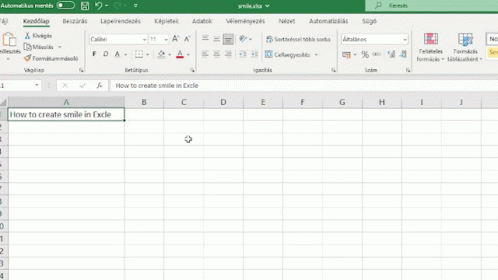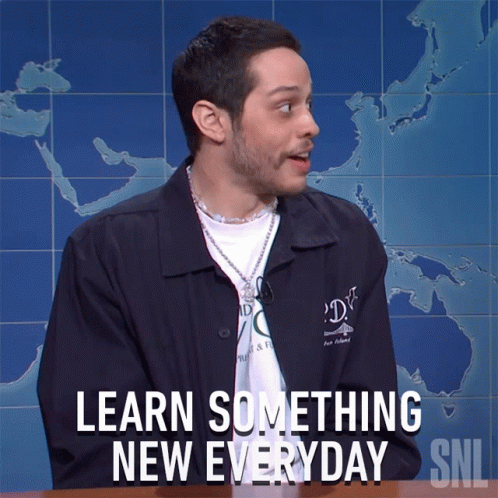From Excel to AI - Vol. #3
Product management tools evolve constantly. Are your tools still serving your needs? From Excel's enduring power to AI's emergence, choose wisely. A thoughtful tool migration can transform team productivity and innovation. Don't chase trends - pick tools that genuinely enhance your workflow.

The Evolving Toolkit of Product Management
In the ever-changing landscape of product management, tools and methodologies come and go. Yet, some classics remain the same, adapting to new challenges while maintaining their core strengths.
Today, I'll explore the evolution of product management tools, highlighting both cutting-edge trends and the time-tested power of traditional solutions.
The Resilience of Excel: A Product Manager's Swiss Army Knife
Despite the wave of specialized software, Microsoft Excel continues to be a foundation in many product managers' toolkits. Its versatility, accessibility, and powerful features make it an essential asset for various tasks:
- Data Analysis: Excel's robust analytical capabilities allow PMs to crunch numbers, identify trends, and make data-driven decisions.
- Project Planning: Gantt charts and task lists in Excel help manage timelines and resources effectively.
- Financial Modeling: From pricing strategies to ROI calculations, Excel remains unparalleled for financial planning.
The structure of this amazing tool never dies because it adapts. Recent updates to Excel, such as Power Query for data transformation and Power Pivot for advanced data modeling, have kept it relevant in the age of big data.

AI-Powered Product Management: The New Frontier
While Excel maintains its dominance, artificial intelligence is rapidly transforming product management practices:
- Predictive analytics: AI tools now forecast market trends and user behavior with fantastic accuracy.
- Automated user testing: AI-driven platforms can simulate thousands of user interactions, providing invaluable insights for product optimization.
- Natural language processing: Advanced NLP algorithms help analyze customer feedback at scale, extracting actionable insights from vast amounts of unstructured data.
The Rise of No-Code Tools
Empowering product managers to bring ideas to life without extensive coding knowledge, no-code platforms are gaining traction:
- Prototyping: Tools like Figma and Bubble allow PMs to create functional prototypes rapidly.
- Workflow automation: Zapier and Microsoft Power Automate enable the creation of complex automated workflows without writing a single line of code.
Collaboration in the Remote Era
With distributed teams becoming the new norm (even though some companies returning employees to their offices), collaboration tools have evolved to meet new challenges:
- Virtual whiteboards: Miro and Mural facilitate brainstorming and planning sessions in virtual environments.
- I leveraged Miro to develop a six-month roadmap, which included multiple collaborative features. We used it for feature voting, initiative alignment, and priority setting. The platform also enabled us to add estimates and create a value-versus-effort matrix, helping us make data-driven decisions about our product direction.
- Project management platforms: Jira, Asana, Clickup and Notion (my favorite buddy) have introduced AI-powered features to enhance team productivity and project visibility.
- I led the migration from Guru and Confluence to Notion, where we established a comprehensive Product Wiki and multi-team roadmap system. We harnessed Notion's robust database capabilities for in-depth data analysis, while its project management features provided clear visibility into team activities. The platform's flexibility allowed us to create a connected ecosystem linking feature releases to calendars, enhancing transparency and coordination across teams. Notion's versatile structure enabled us to build an integrated knowledge management system that went far beyond basic documentation.

Striking the Right Balance
I believe that the key to success in modern product management lies in leveraging both time-tested tools and cutting-edge solutions.
When selecting tools for the team, the process should feel natural and enhance the current workflow, not disrupt it. Think of it as adding the perfect ingredient to a well-crafted recipe - it should complement everything else while making the whole process smoother.
That's why collaboration is at the heart ❤️ of tool selection. By bringing together our R&D team, stakeholders, and other key players, you can create a shared understanding of everyone's needs and challenges.
This inclusive approach will help you discover solutions that not only meet your technical requirements but also bring real value to every team member's daily work.
Here's how to create a balanced toolkit:
- Assess your needs: Identify your team's specific requirements and pain points.
- Embrace integration: Look for tools that integrate seamlessly with your existing workflows.
- Prioritize user-friendliness: Choose solutions that your team can adopt quickly and use efficiently.
- Stay flexible: Be open to new tools, but don't discard proven solutions hastily.
Remember, the most powerful tool in a product manager's arsenal is not software, but the ability to adapt, learn, and make informed decisions!! 🧠
Let's be real - sometimes we get excited about shiny new tools (we've all been there!). But before jumping ship to the latest trendy platform, take a moment to think: do you need this change? Save those transitions for when your current tools truly can't support what your team needs to accomplish.
By combining the reliability of traditional tools like Excel with the innovation of AI and no-code platforms, you can create a robust ecosystem that drives product success in today's dynamic market.
What's your go-to tool for product management?
Are you Team Excel, or have you fully embraced AI-powered solutions?
Share your thoughts and experiences in the comments below!
Enjoyed learning about software tools?
Want to add some vibrant colors, insights, and experience to your journey and product? I can help you do that!
Let's connect for tailored 1:1 or group sessions designed around your specific product challenges.
- 🌐 Explore my website
- 💼 Connect on LinkedIn
- 📄 Follow on The Product Palette
- 📅 Book a consultation

